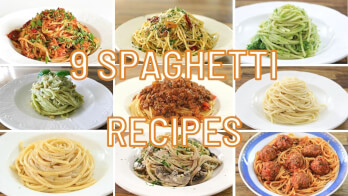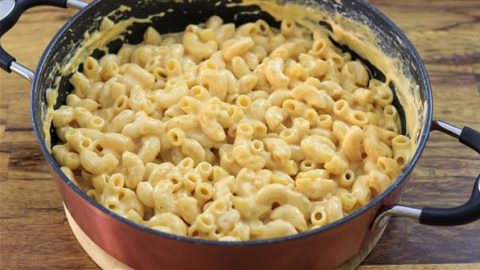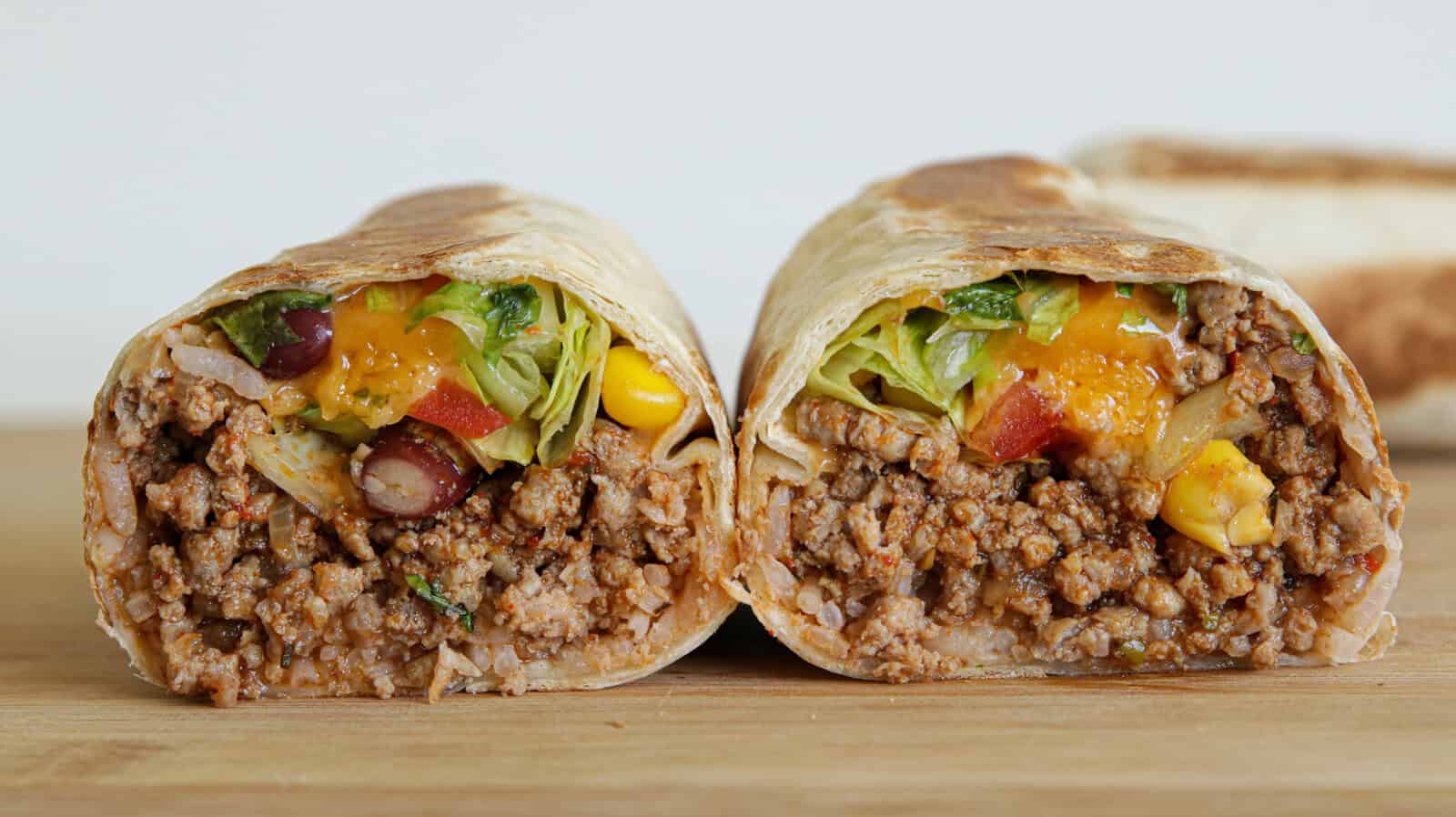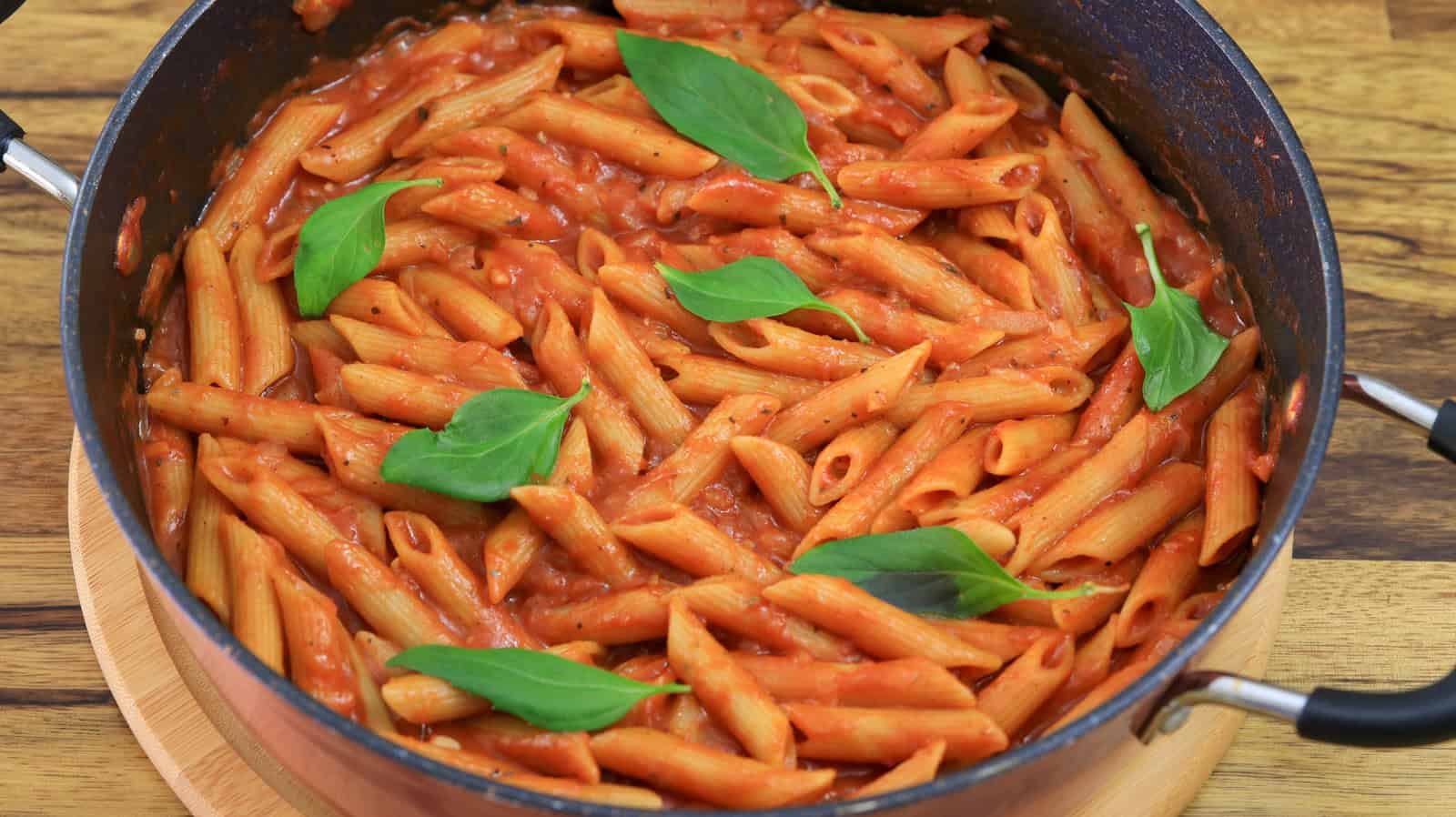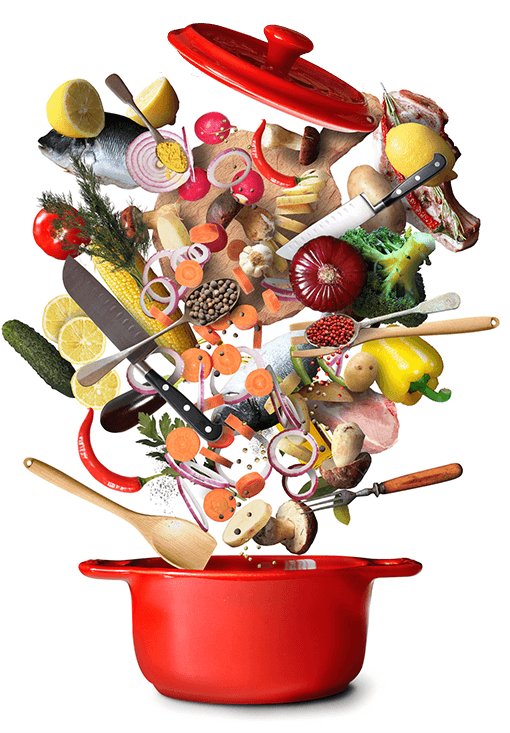Cacio e Pepe Recipe
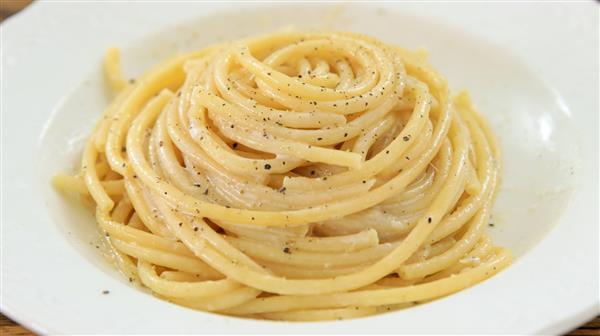
Cacio e Pepe – traditional Roman pasta dish. Cacio e Pepe means “cheese and pepper”. This classic Italian pasta requires only 4 ingredients and 20 minutes of work. The result is amazing: creamy, cheesy and rich pasta!

Cacio e Pepe Recipe
Ingredients
- 200 g 7oz pecorino cheese
- 1 tablespoon peppercorns
- 300 g 10.5oz Pasta
- Salt
Instructions
- DIRECTIONS
- Fill a large pot with about 2.5-3L water. Add 1 tablespoon of salt and bring to a boil.
- Meanwhile grate the cheese and place in a medium-sized bowl. Set aside.
- Toast the peppercorns on a dry pan for about 2-3 minutes. Transfer to a mortar and pestle and crush.
- When the water is boiling, add the pasta and cook 3 minutes less than on the package instructions.
- When pasta is cooked for 5 minutes, place crushed pepper back into the dry pan, add about ½ cup of pasta water and cook. At this stage you also need to prepare cheese paste: to the bowl with the grated pecorino, add 1/2 cup of pasta water and stir until smooth paste forms. Set aside.
- Add the pasta to the pan, then add about 1/2 of pasta water and mix. Cook the pasta this way for 2-3 minutes, add more pasta water as needed.
- Turn the heat off, add the cheese paste and cook, stirring and tossing until all the cheese is melted, combined and creamy.
- Serve immediately!
- When boiling the pasta, don’t use a lot of water. Use just enough water to cover the pasta, that makes the water extra starchy, which helps making extra creamy sauce.
- Some recipes using butter. In traditional cacio e pepe there is no butter, and here is no need to add butter. What makes the sauce thick is the pasta water which has starch and the cheese.
Video


